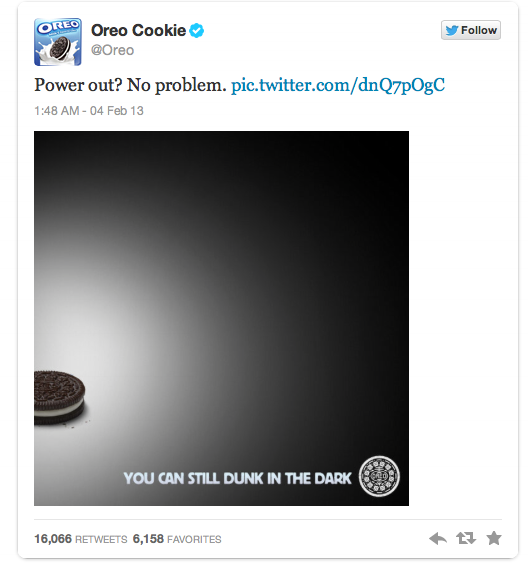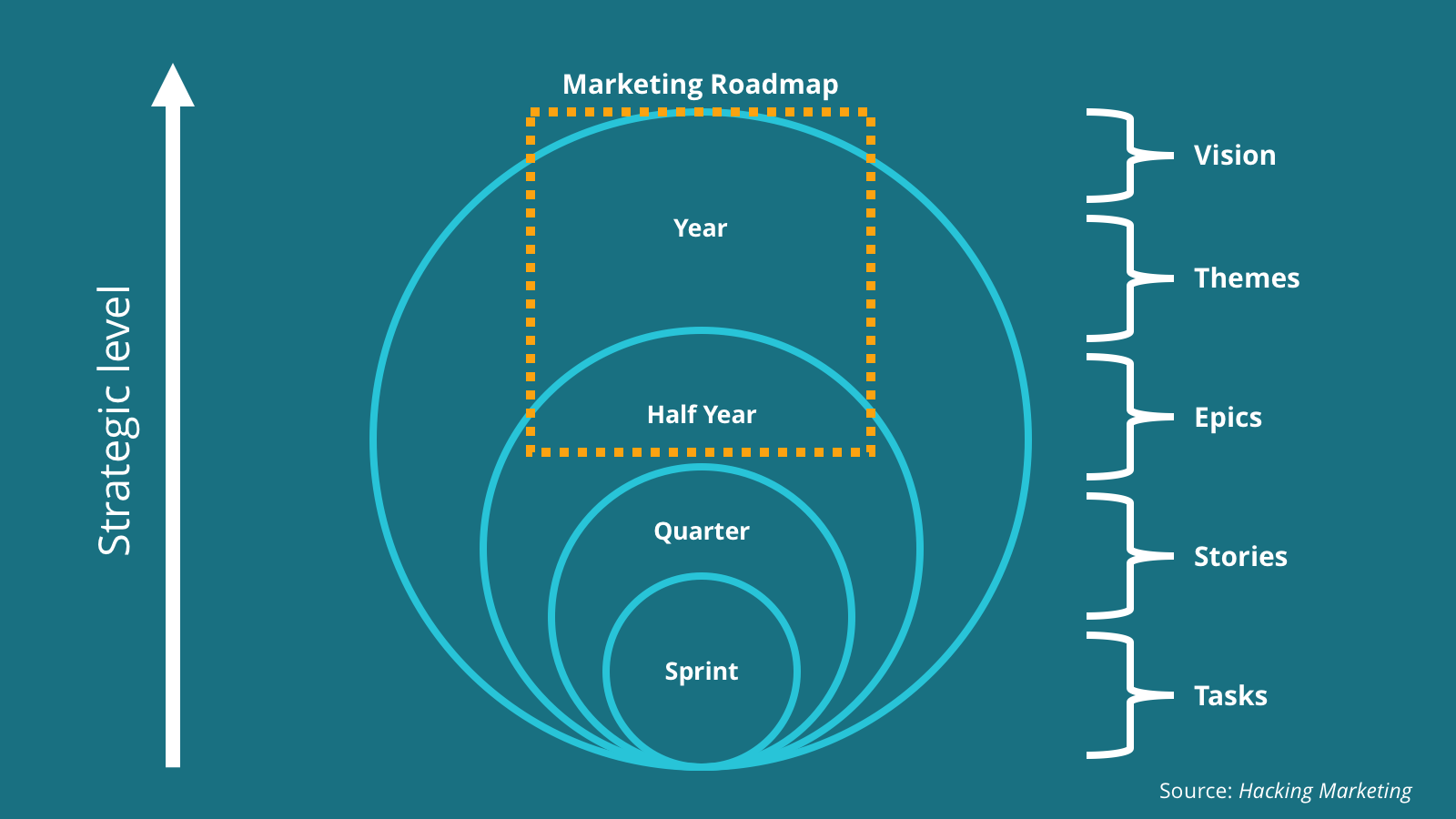For readers unfamiliar with the practice of Agile marketing, it may have come as a bit of a shock to see the words “plan” and “Agile” used together in that title. But rest assured, there’s no glitch in the CMS.
The relationship between agility and planning a marketing strategy is real and vital.
Recommended for you: Editable Marketing Templates for Strategic Planning
In fact, Agile marketing requires more planning than traditional marketing; it just looks a little different.
It’s time to debunk the myth that Agile is anti-planning and instead embrace the fact that Agile actually helps marketers plan more efficiently and more effectively.
The Agile vs. agile Debate
A major part of this misunderstanding arises from the conflation of agile marketing (lower case “a”), as in nimble, responsive, and adaptive, and Agile marketing (capital “A”), the adoption of a specific methodology for better work management.
There is, of course, nothing wrong with being agile.
In fact, modern marketing departments rely on a certain level of responsiveness to keep up with their audience’s expectations of real-time messaging. We need to be able to deliver content to people on the right channel at the right time. And we can’t do that unless we’re sufficiently adaptive.
This kind of approach produces outstanding examples of personalization and newsjacking, perhaps epitomized by the Oreo “Dunk in the Dark” tweet from the 2013 Superbowl.

This is a superb example of being quick on the draw, or agile with that lower case “a.”
A bright social media manager successfully responded to a news event with a quirky, clever, on-brand message that created huge amounts of engagement in the moment (as well as ongoing mentions in articles like this one).
They got a huge win from being agile, but there is no evidence that this moment was the product of a truly Agile marketing department.
It worked, but this tweet required no planning.
Agile marketers, on the other hand, plan constantly.
Abandoning Big Bang Campaigns
Traditional marketers tend to isolate planning. They sequester it in a single part of the year, usually at the very end or the very beginning, and then don’t revisit those plans for twelve months.
The logic seems sound on the surface. If we get all our planning done in one go, we won’t have to waste time doing it throughout the year.
But there are two huge problems with this assumption:
- The environment into which we release our campaigns won’t look the same as the one we looked at when we made our plans.
- Up-front planning tends to shut down ongoing innovation during the year.
Volatile Environments
In the brave new digital marketing world, marketers have opportunities for measurement, personalization, and sophistication that were once far outside our reach. But these new capabilities have created new challenges.
Take technology adoption, for instance.
It took 38 years for the radio to reach 50 million users. Television achieved the same results in 13 years.
Instagram did it in 18 months.
That’s right. In less than two years there could be an entirely new social network that reaches millions of people. Without access to some sort of marketing psychic, even the most comprehensive marketing plan can’t anticipate this kind of volatility.
![]()
Things are going to change. We can either try to react to them, or we can incorporate regular, recurring planning sessions into our process so change turns into a competitive advantage rather than a massive disruption.
Innovation Not Allowed
The second major problem with one-time planning is that it tends to stymy innovation down the road.
Imagine you’ve created, documented, and gotten approval for your huge plan. Then, four months later someone talks to a group of customers at an in-person event and realizes there’s a major pain point you’re not addressing in your content.
Would you be able (and willing) to reconfigure your beautiful plan to accommodate that unforeseen opportunity?
An Agile content team would. Here’s how they do it.
The Agile Approach to Planning
Agile marketing teams still have large, long-term objectives, as you can see in the diagram below. (It comes from Scott Brinker’s Hacking Marketing, which you should definitely check out if you haven’t already.)

They even have quarterly plans and targets. But they’re also constantly running small-scale experiments to make sure those big-picture goals are the right ones.
Agile teams who use Scrum methodically pause every couple of weeks to map out what they’ll be doing in their next Sprint. If new information comes in, they’re ready to incorporate it right away.
Kanban teams don’t even have to wait for the end of a Sprint. They can reprioritize their backlog (the Agile version of a to-do list) on the fly, immediately pivoting to respond to new audience preferences or channels.

Not only are they ready to roll with changes, they’re excited to adapt to them.
On a truly Agile marketing team change goes from being an annoyance to being a competitive advantage.
The Plan/Execute/Assess Feedback Loop
Ultimately, marketers need to revise the build/measure/learn feedback loop from software.
Agile developers use this approach to create a system that allows them to constantly stay in touch with their users. It prevents them from spending 12-18 months building features that nobody actually wants.
Marketing teams need a plan/execute/assess feedback loop that ensure we’re constantly investigating the success of our most recent efforts and the viability of our upcoming plans.
Far from being anti-planning, Agile teams embrace regular, recurring, and revitalizing planning sessions.


